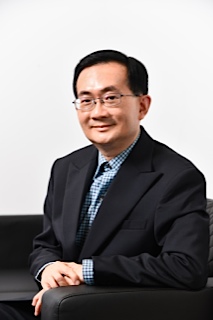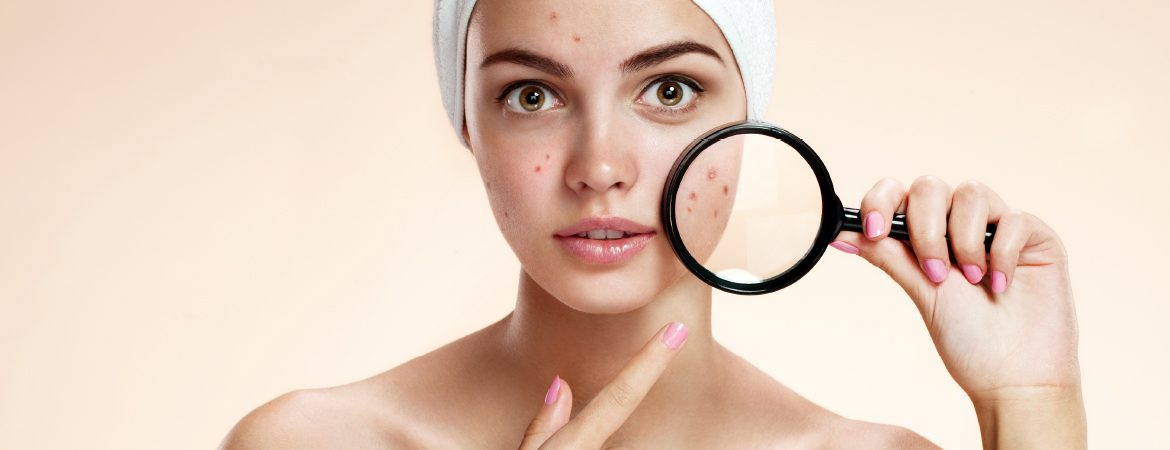Question
I am in my mid 40s and I have been bothered by acne from time to time. Initially I thought that this, together with pimples, would subside with age. However, this does not seem to be true in my case. I have some friends who are around my age, but do not seem to face this problem. May I know if acne is a common problem for most people and if so, is there any solution to stop acne from resurfacing?
-Madam Sim
Answer
People often think of pimples as minor blemishes and acne as a more serious form of the same disease. In truth, medical professionals term both conditions as acne vulgaris, which is characterised by active sebum glands, blockage of the pores, infection with a bacteria called P. acnes and inflammation of the skin.
Acne can also be influenced by factors such as genetics, hormones, diet, climate and stress. For example, excessive consumption of foods with a high glycaemic index like white grains (bread, rice, pasta) and sweets can cause acne.
Up to 85% of people will have minor and transient outbreaks of acne at some point in their lives, especially among teenagers and young adults. This is often attributed to increased hormonal activity during the period where the body is rapidly growing.
There is another group of people who will su? er from chronic acne. Chronic acne will usually a? lict older people. Unfortunately, in this instance, acne relapses are common once treatment is stopped. This group of people will need to have their acne treated constantly, and the treatment should become a form of standard skincare for them. Besides the face, acne can a? lict the chest, back, neck, shoulders and upper arm.
The standard regimen to treat acne includes: cleansers, retinoid creams, benzoyl peroxide creams, alpha and beta hydroxyl acid creams, and antibiotic creams. The bonus e? ect from using these creams is that many of them can slow down skin ageing.
More serious cases will need to be treated with oral medications such as antibiotics and oral retinoid. Chemical peeling can also be used to exfoliate the skin and prevent clogging.
Recently, we have begun to use machines to assist in the eradication of acne. Some of these are:
- Intense pulsed light, which uses the blue light band and suction mechanism that can help to extract pimples and kill the bacteria.
- Lasers can help to kill the bacteria. They are also used to treat the red, black and uneven scars.
- Needled radiofrequency medical, device (di? erent from those available at beauty salons) to eradicate active sebum glands and also to treat scars.
In your case, it may be useful to carry out some tests, which include a blood hormone profile and ultrasound to check for polycystic ovaries.
You should also shampoo your hair often, especially if it is oily. Use non-comedogenic and oil-free cosmetics, toiletries and sunscreens. Avoid picking at your acne to prevent scarring. Seek treatment early. Otherwise, more scars will form.
There is another condition that resembles acne vulgaris, called acne rosacea. This condition usually occurs during post-teen years. It is a chronic inflammatory condition distinguishable from acne vulgaris by the absence of whiteheads and blackheads. Research is still ongoing to understand the actual cause although some people believe it is due to mite infestation. The most obvious symptom of the condition is a very red and inflamed face, with prominent small red vessels, bumps and sometimes pus. It can be treated by using anti-redness agents like brimonidine, and antiinflammatory agents like metronidazole, azelaic creams and oral antibiotics. Hot and spicy foods should be avoided for patients su? ering from acne rosacea.
Dr Steven Ang

Dr Steven Ang Aesthetic & Family Clinic
Blk 75D Redhill Road
#01-112
Singapore 154075
Dr Steven Aesthetics and Laser Clinic
Orchard Medical Specialist Centre
#05-29
Lucky Plaza
Singapore 238863
Call Centre: 64767333 www.stevenaesthetics.com
Brief Bio
Dr Steven Ang, MBBS (NUS) 1987 and Master of Science in Clinical Dermatology, (University of London) 1994, is a family physician with a special interest in aesthetic medicine. In 1998, he introduced the term “Aesthetic Medicine” into Singapore’s lexicology when he became a member of the International Union of Esthetic Medicine and started his aesthetic practice.
He is well-known for his expertise on 2Rs, 3Ps and 4Ss: Removal of hair, Regrowth of hair; Pigmentation, Pores, Pimples; Skin ageing and rejuvenation, Stretch mark treatment, Scar treatment and Slimming (which includes body contouring). He is well-versed in procedures like laser surgery, radiofrequency treatment, botox injection, filler injection and thread-lifts. His mission is to provide Happiness and Hope for the total beauty needs of his patients. He offers honest assessment and safe, tested treatments with minimal pain and downtime.


